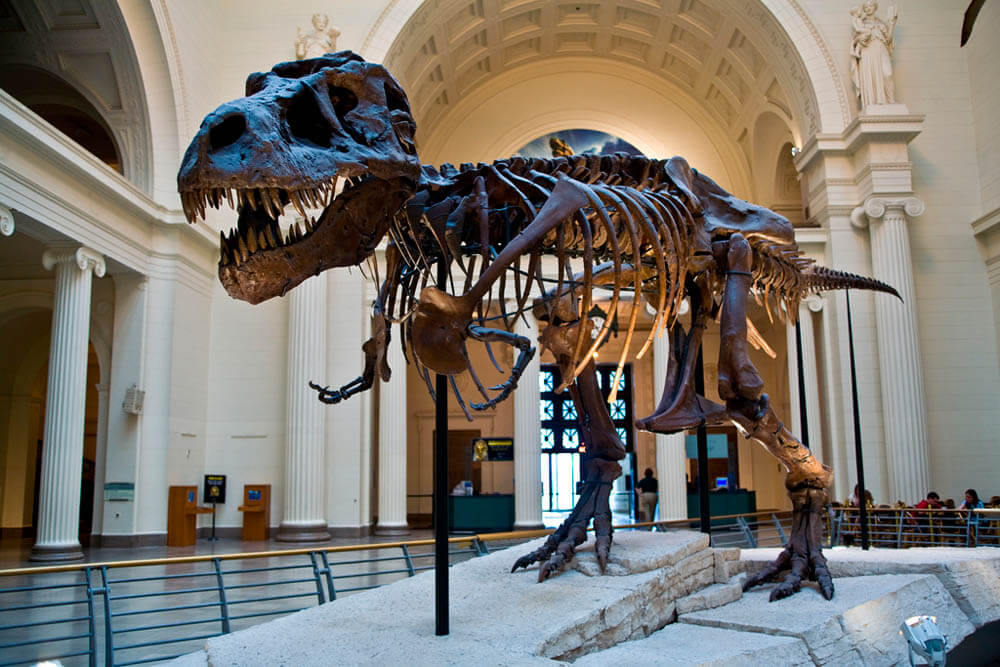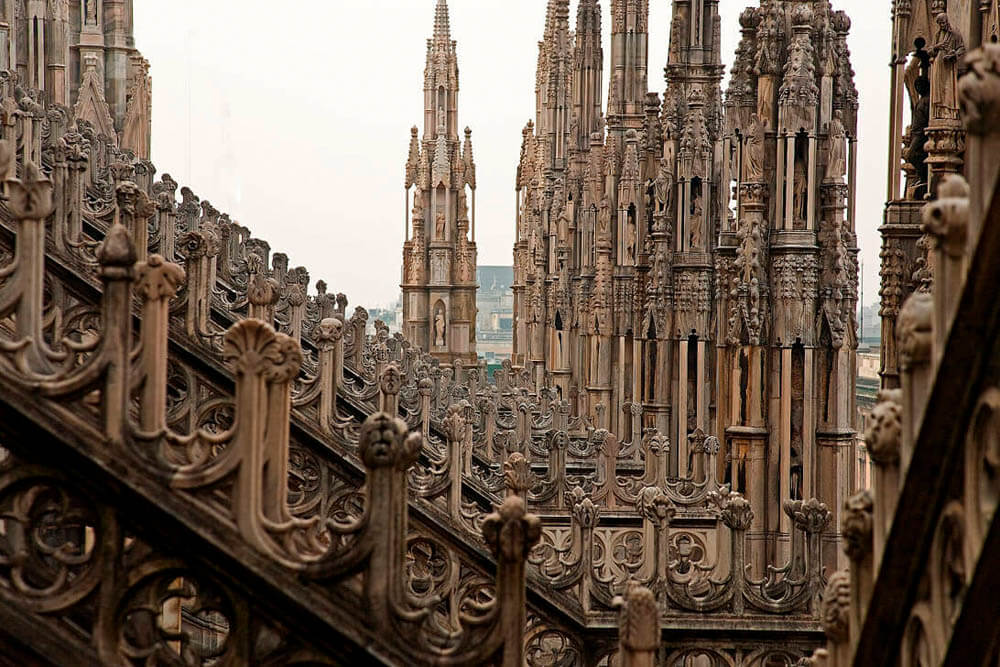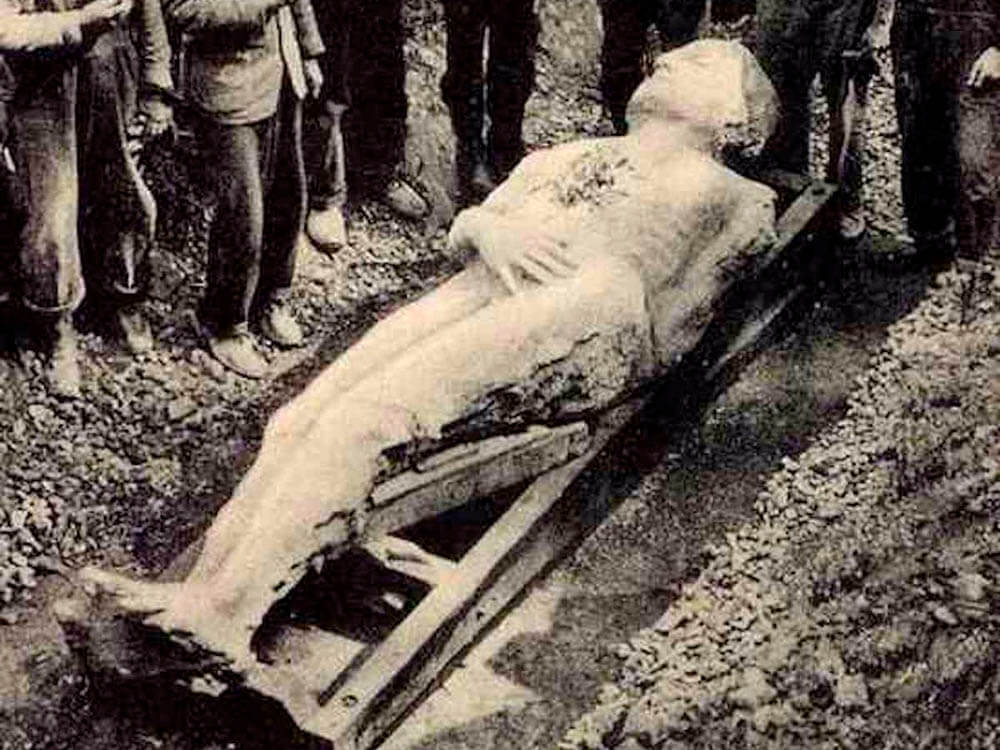Our lives are just bound up with objects. Museums are the evidence of a deep interest in things around us, either natural or products of human activity. Why does mankind store this historical stuff, what do we learn from it, and what causes mankind to be carried away by the objects of the past?
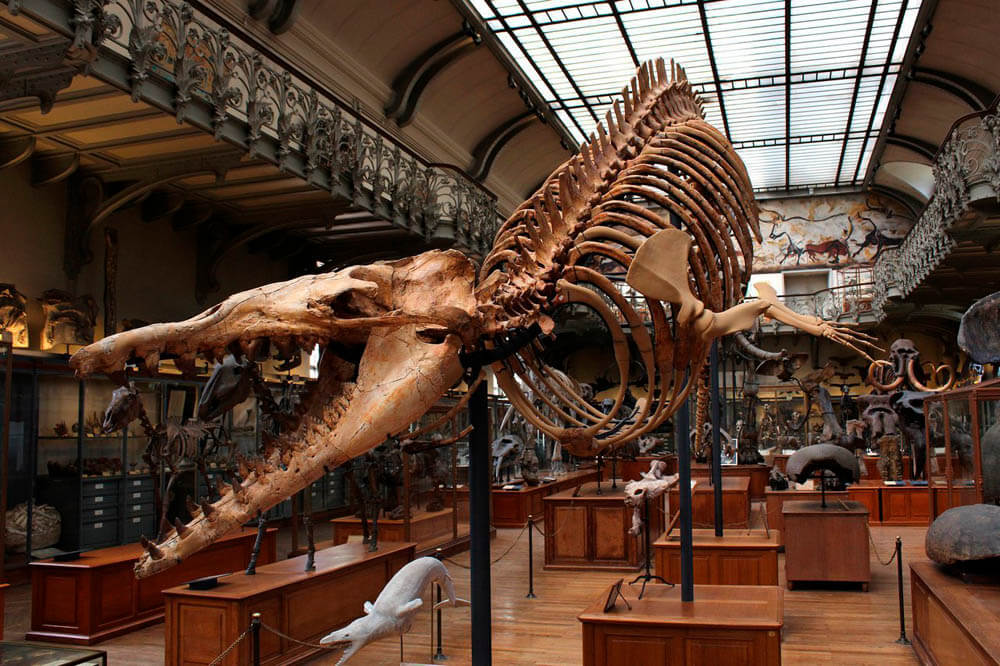
The word “artifact” makes our imagination draw a picture of something archaic – an old dusty object that is stored simply for history and no longer has much significance. However, if you look at artifacts from the right angle, they become not mere exhibits, but powerful tools that can revitalize history.
The power of narration has nothing to do with the value, age, or beauty of the object. Instead, it is about creating an emotional connection when mapping an object that has crossed time and space to be here and now. Not a digression into history and eloquent words, but a simple look at the artifact maximizes the visitor of the museum to the past.
There is something inherently human in our desire to collect, sort, and display things – not just for trade or practical use, but to create stories. Objects give us access to the past, allow us to touch something that once was in use or existed as a living organism, thus, allowing us to experience life physically. We can learn about the values of the societies of the past centuries and millennia, about the everyday life of people, about things that existed long before the very concept of “history” arose.
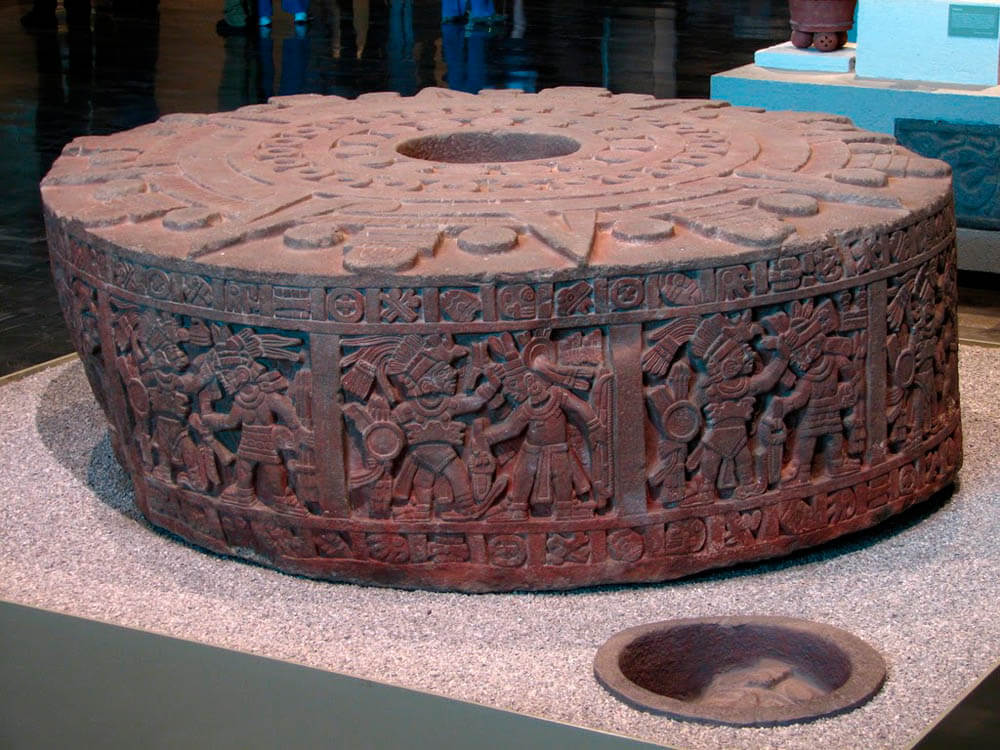
Objects give us access to the ideas and events in the life of prehistoric people and animals – old worn and torn books tell how they were read, with some even having the traces of rust from the knives used to cut pages in the era when the text was printed on large sheets of paper and then folded. Thus, museum exhibits, as well as artifacts found as a result of archeological excavations, can provide a tangible link between us and the people of the past centuries and millennia. In addition to the excursion into art, craft, and technology, trade, and construction of ancient settlements, we can see individual life experience, and visual contact is always more expressive than words.
There is some immediacy in an encounter with an ancient material object, whether it is separated by a solid sheet of glass or located at arm’s length. This is the magic of visiting museums that have antiquities and artifacts in their exposition – we can just start looking at them, but as a result, we meet something special. We can drop into the museum to wait out a storm, but get acquainted with an artifact, which will change our way of thinking and views on history. So it’s no wonder why we visit museums. This is the place where something unexpected happens.
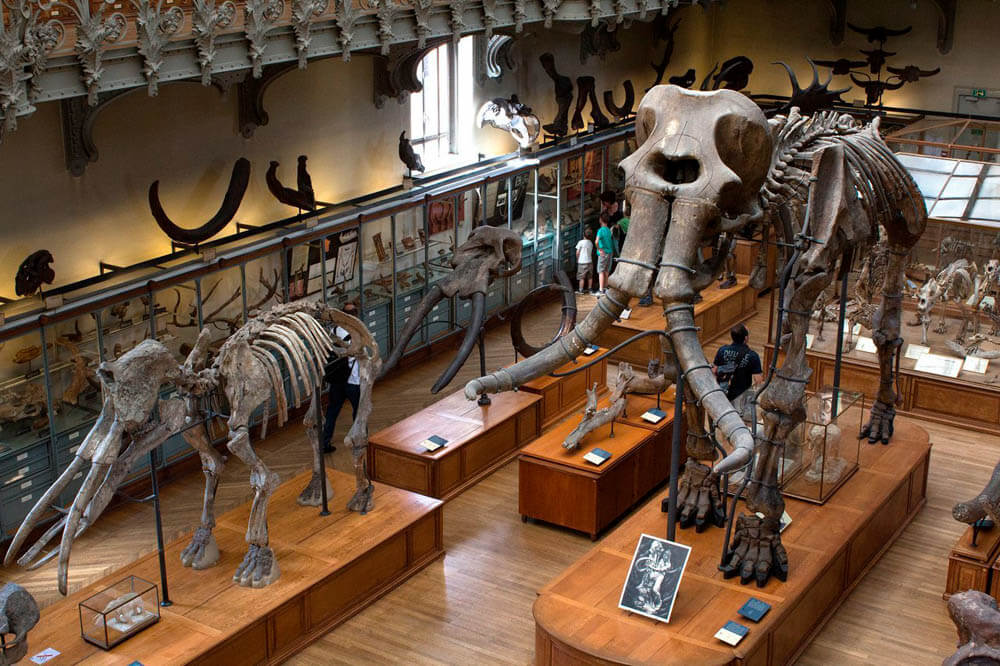
Museum objects have a powerful connection with history, and artifacts and antiquities often exhibited in museums are not genuine, but created to imitate the historical context and make up special history. This is not surprising, because the essence of archeology does not lie in certain things – when ruins are discovered during excavation works, specialists get tons of information from all the small things found there. When a bone of a dinosaur or another prehistoric and ancient mammal is found, a life-sized skeleton is reconstructed, and the knowledge of anatomy, history, artistic methods, and historical and social context is used.
This is necessary to make the way of organizing findings in archaeological museums and museums of natural history not meaningless, so that certain objects which are the remnants of something more majestic that existed many centuries ago, were not devoid of context. With this purpose, museums and sculptors specializing in restoration, reproduction, and full re-creation of artifacts, carefully develop the structure of the exposition, put all the pieces of the archaeological puzzle together, and subsequently create new relics with their own history.
